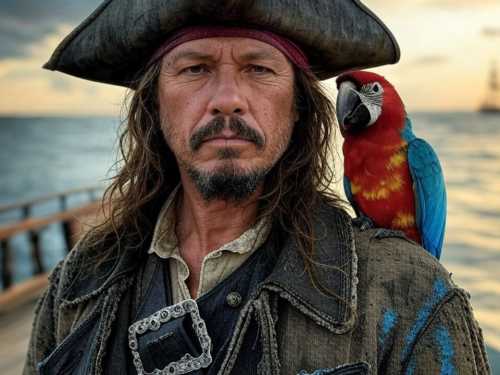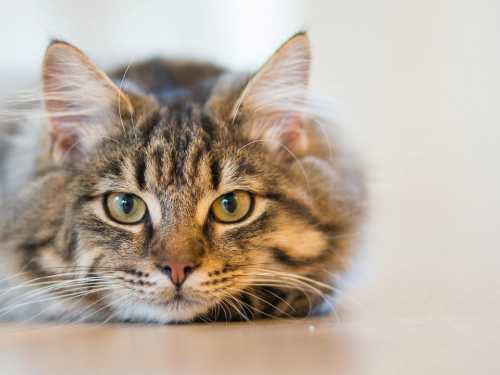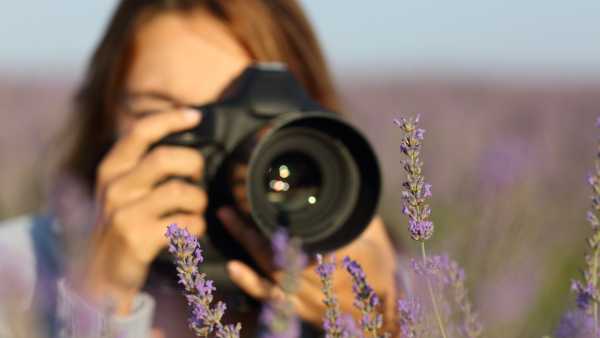
The image of pirates with parrots on their shoulders has become firmly entrenched in popular culture thanks to fiction. One of the key sources of this stereotype is Robert Louis Stevenson's famous novel “Treasure Island”, where the charismatic Longneck John Silver had a parrot named Captain Flint, Ukr.Media reports.
The book's popularity made it a kind of benchmark for pirate stories, setting trends that were later actively picked up by films, cartoons, TV series, and other works of the 20th century. However, in real life, pirates rarely had parrots as pets.
In fact, parrots on pirate ships were not so much cute companions as an important part of a profitable enterprise.
Their presence was not due to the desire to decorate everyday life, but rather to the opportunity to make a significant profit.
Parrots as a commodity
During the Age of Discovery (from the 15th to the 18th centuries), amazing parrots from the New World were a symbol of luxury and high social status among the European nobility.
Their bright plumage and ability to imitate human speech made them desirable exotic pets among respectable gentlemen. Parrots brought from America were particularly prized for their exoticism and ability to learn.
The trade in exotic animals, including parrots and monkeys, was a lucrative business, and pirates actively smuggled these animals, satisfying the demand of the European elite for rare and unusual creatures.
How much did pirates earn from parrots and how much did these birds cost?
According to the American George Mason University, the average cost of a single parrot imported from the New World in the 18th century was 5-10 pounds, which is equivalent to 1,000-2,000 dollars today.
For some species of parrots (especially parrots from the macaw genus, the cost could be 2-3 times higher).
For comparison: an ordinary sailor from London at that time earned about 2 pounds a month, which is half the price of 1 large parrot (and the sailor still had to pay taxes, feed and clothe his family with this money).
It is therefore easy to guess that the capture and smuggling of exotic birds from the Americas to Europe was incredibly profitable and allowed pirates to financially support their ships and crews, especially when valuable cargo was scarce. The transportation of parrots (often ordered from European brokers) was a particularly vital occupation for small pirate vessels, which could not attack large merchant ships carrying expensive goods (often due to the ships not being equipped with the necessary number of cannons). It could be said that the smuggling of parrots was a necessity for the vast number of pirates who sailed on small ships and operated in groups small enough to feed their families or themselves.
After all, many people became pirates not simply because of the desire to rob and kill someone, but often because there was simply no other high-paying job for a sailor in a big city, especially during the period when the English fought with the Dutch for maritime and economic hegemony.
Thus, parrots became part of the pirate world not out of romance but out of strict economic necessity. And while the literary image of pirates with parrots on their shoulders will always be with us, the real reason for their presence on ships is much more pragmatic.
Could the pirate afford a parrot?
It is possible that some pirates did keep parrots as companions to entertain them on long sea voyages, but in most cases, exotic birds were seen as valuable merchandise to be sold alongside other captured or stolen cargo.
As mentioned, the cost of a single parrot could reach up to $2,000 in modern money, which was a significant part of a pirate's income. For many, such expenses were a luxury they could not afford. However, successful pirates with surplus income could well keep the parrot if they wanted.
It is also important to note that there is no historical evidence that pirates kept parrots as pets in large numbers. However, if a pirate decided to keep the bird and the crew did not object (given that the loot on a pirate ship was usually divided equally), a talking parrot could be a great entertainment and companion in the harsh conditions of sea life.





